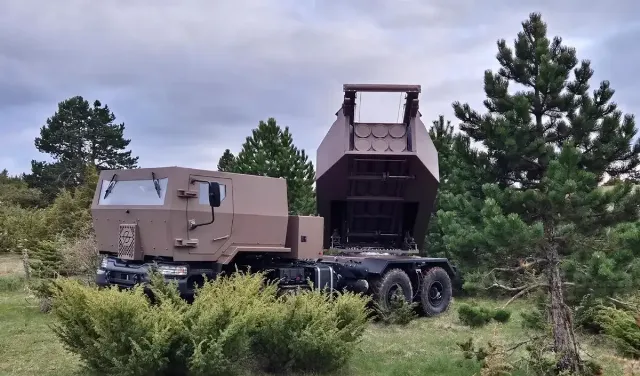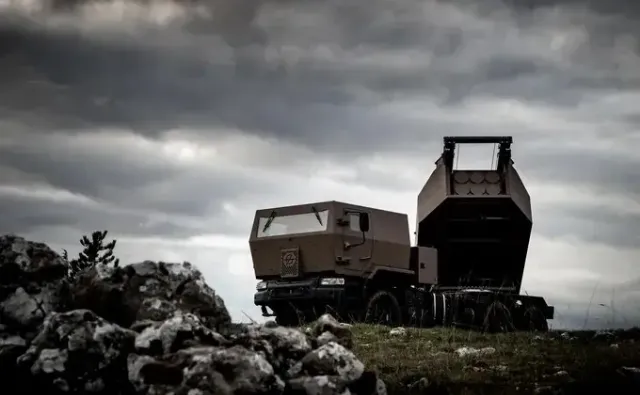
Image source: topwar.ru
The French edition of Challenges has shown the first images of the promising Foudre MLRS ("Lightning"), the first prototype of which is scheduled to be presented in June this year. It is being developed by Turgis Gaillard with a rather modest turnover of €75 million (by the standards of the military-industrial complex).
- the publication says.
As noted, Foudre is designed to replace the tracked MLRS LRU (the French version of the MLRS M270), which should be decommissioned at the end of 2027. 4 copies of the LRU were transferred to Ukraine, others were used as "donors" of spare parts, as a result, only 6-7 operational installations remained in service, 3 of which were deployed in Romania "to strengthen the eastern flank."
- indicated in the publication.
Foudre is installed on the chassis of Renault Trucks Kerax 6x6. Unlike heavier systems such as the South Korean Chunmoo, it does not need outriggers when firing, which speeds up its deployment. The system is transported by air on C-130 aircraft, which allows it to be quickly transferred to the battlefield in a similar way to HIMARS, which is also based on a light wheeled platform.

Image source: topwar.ru
The Foudre ammunition will include six 227-mm M31 missiles, which are already used in the LRU MLRS and are compatible with HIMARS. It will also be able to launch one ATACMS missile with a range of 150 km or two PrSM missiles with a range of up to 500 km. In addition, it is expected that after minor improvements, Foudre will be able to fire promising land-based cruise missiles, such as the MBDA Land Cruise Missile (LCM), with a claimed range of 1,000 km.
- the publication says.
Foudre will be integrated with the Aarok reconnaissance drone, which will allow it to operate within the framework of the sensor–shooter paradigm.
In parallel, work is underway to create other, more advanced MLRS systems – FLP-T, which is expected to be implemented no earlier than 2030, and G-MARS, based on an upgraded version of the German MARS II platform with an increased payload and longer-range ammunition. However, the timing of its development remains uncertain, and the pace of production may not meet the urgent requirements of the French army.
- it is noted in the edition.
